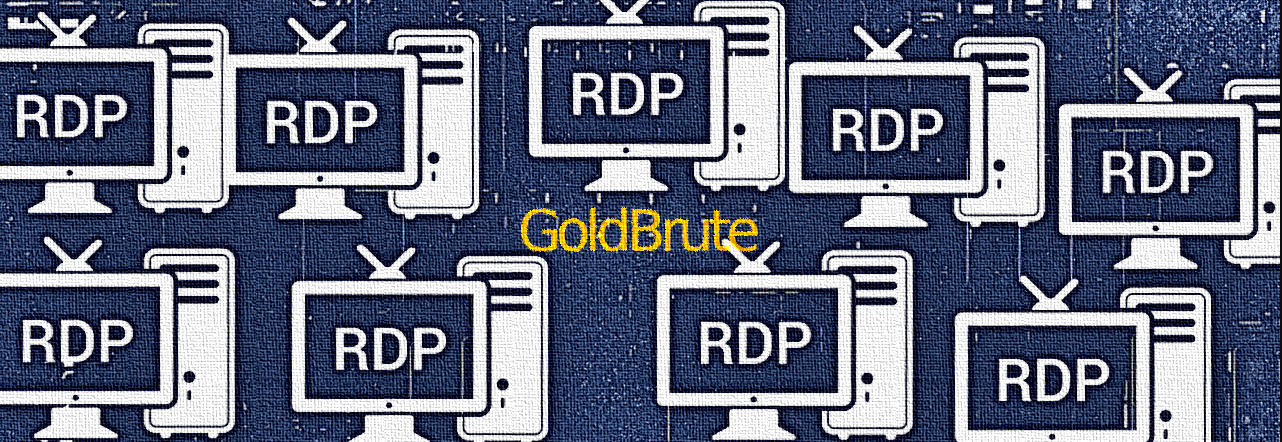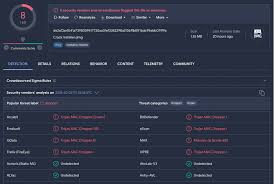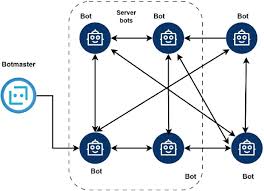
Gold Alduin Botnet 2025
Gold Alduin Botnet 2025 remain one of the most potent threats in cybersecurity, enabling large-scale attacks through networks of compromised devices. One such example is a sophisticated modular botnet frequently used in credential theft, cryptocurrency mining, and distributed denial-of-service (DDoS) attacks. Its ability to evade detection while maintaining persistent control over infected machines makes it particularly dangerous. Security researchers have observed its use in both financially motivated cybercrime and targeted espionage campaigns, highlighting the need for robust defensive measures.
Download Link 1
Download Link 2
Download Link 3
Download Link 4

What Is This Gold Alduin Botnet 2025, and Its Primary Use Cases?
This software is a multi-purpose botnet designed to infiltrate systems, steal sensitive data, and execute remote commands. It operates as part of a larger network of infected devices (a botnet) controlled by a centralized command-and-control (C2) server. Common use cases include:
- Credential Harvesting (stealing login details from browsers, email clients, and FTP services)
- Cryptocurrency Mining (deploying miners to hijack system resources for profit)
- DDoS Attacks (flooding targets with traffic to disrupt services)
- Proxy & Relay Services (using infected devices to route malicious traffic)
- Data Exfiltration (sending stolen files, screenshots, and logs to attackers)
Key Features of the Gold Alduin Botnet 2025
| Feature | Description |
| Modular Architecture | Supports plugins for different attack types (mining, DDoS, spyware). |
| Credential Theft | Extracts saved passwords, cookies, and autofill data from browsers. |
| Process Injection | Runs malicious code inside legitimate processes to evade detection. |
| Persistence | Survives reboots via registry modifications, scheduled tasks, or rootkits. |
| Encrypted C2 Traffic | Uses secure channels (HTTPS, DNS tunneling) to communicate with attackers. |
| Anti-Analysis Checks | Detects virtual machines, sandboxes, and debuggers to hinder reverse engineering. |
| Self-Updating | Downloads new modules or versions from the C2 server. |
How the Gold Alduin Botnet 2025: Techniques & Functionality
1. Initial Infection & Propagation
The botnet spreads through multiple infection vectors, including:
- Phishing Emails (malicious attachments or links).
- Exploit Kits (targeting unpatched software vulnerabilities).
- Drive-by Downloads (compromised websites delivering malware silently).
- Brute-Force Attacks (weak RDP or SSH credentials).
Once executed, the malware may:
- Deploy a dropper (to fetch the full payload from a remote server).
- Disable security software (e.g., Windows Defender, firewalls).
2. Establishing C2 Communication
After infection, the malware connects to a command-and-control (C2) server using:
- HTTPS (blending in with normal web traffic).
- DNS Tunneling (hiding commands in DNS queries).
- Peer-to-Peer (P2P) Networks (decentralized control for resilience).
The bot then receives instructions, such as:
- Downloading additional payloads (e.g., ransomware, spyware).
- Updating its configuration (new attack targets, evasion techniques).
3. Malicious Activities
Depending on the attacker’s goals, the botnet can perform:
- Credential Theft
- Scrapes browser data (Chrome, Firefox, Edge).
- Harvests FTP and email client credentials.
- Cryptocurrency Mining
- Deploys miners (e.g., XMRig for Monero) silently in the background.
- Uses CPU/GPU resources, slowing down infected systems.
- DDoS Attacks
- Launches SYN floods, UDP floods, or HTTP attacks.
- Target websites, gaming servers, or competitors.
- Data Exfiltration
- Uploads documents, screenshots, and keystroke logs to the C2 server.
4. Persistence & Evasion
To avoid removal, the malware employs:
- Registry Modifications.
- Scheduled Tasks.
- Process Hollowing.
- Code Obfuscation.


